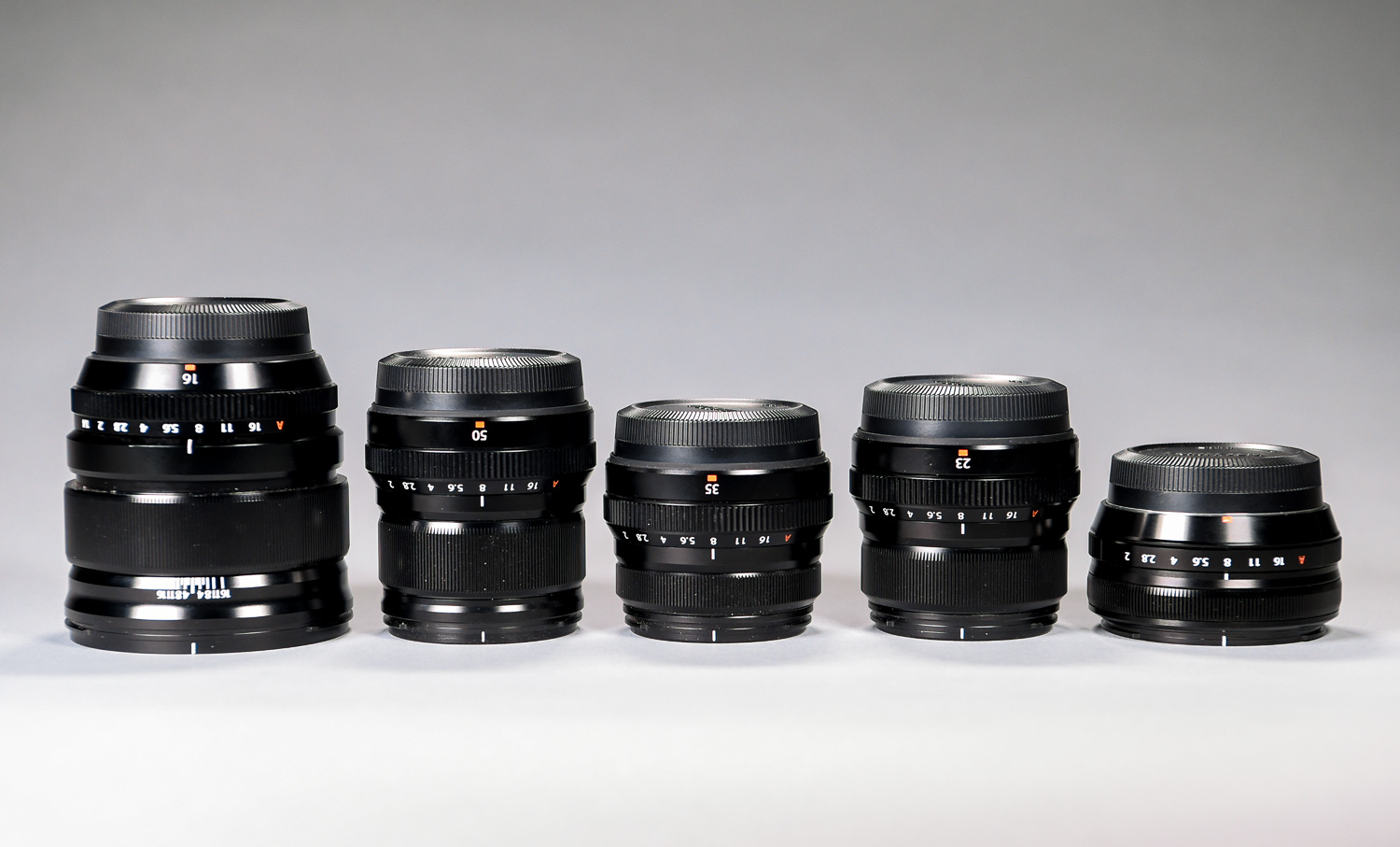It is said that you can't take it with you. But that doesn't stop most of us from accumulating a whole lot of stuff over a lifetime. And associated with all that stuff are memories. Memories of a lifetime.
Nothing makes it clearer just how much stuff you have then when you move, or in my case, what I hope to be a final move. I've moved before and much of my stuff has followed and this frustrates me now, but explains why I still have so much stuff.
In the end, it comes down to decisions. Tough decisions that I've clearly put off before and most certainly have put off for the past 25 years in the Philadelphia house. What to keep, what to dispose of or donate, becomes the big question.
One way I've come to terms with making the big decisions is to photograph my stuff, the objects that represent my life. Or at least the objects that represented the first 55 years. Note, I will not accumulate more stuff.
This is a photography blog, and I'm a photographer, so it may seem like this idea came naturally to me. It didn't. I have always been attracted to the physical object, but I've also spent the majority of my life capturing the physical object, first on film, and more recently, digitally, so now is the time to compromise.
And compromise is the only way forward. To date, I've filled a dozen trash bags with more to fill. Some stuff is easy to let go of, for other stuff, a quick cell phone shot will suffice. For other items, a small studio set up and a proper photograph is the only way to truly do my stuff justice.
However, there will always be a few items that I can't replace with a photograph.
Which is probably why after photographing the stuffed Winnie the Pooh doll from my childhood, it went back in a box and has yet to be thrown out. Maybe some things are harder to part with than others.
I'd also caution against printing out all those photographs, because, well, you get the idea.










